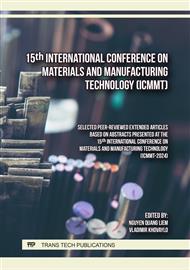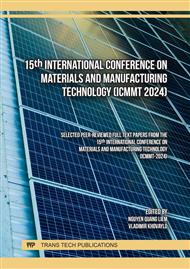p.27
p.35
p.41
p.51
p.59
p.67
p.77
p.85
p.93
Simulation of Temperature and Humidity Effect on Thermal Conductivity of Cellulose Fiber-Based Multilayered Insulation Materials for Building Envelope Applications
Abstract:
The present study aims to numerically investigate the effective thermal conductivity values (ETCs), the thermal transmittance coefficient (U-value), heat and moisture flux of the multi-layered insulation materials in regard to the influence of temperature and humidity variations for building envelope applications. The research model is performed as an exterior wall structure including 3 layers in order oriented stranded fiberboard (OSB), cellulose fiberboard (CFB), and oriented stranded fiberboard (OSB) in which the cellulose fiberboard plays as a core layer. For the stationary study, results showed that ETCs increased slightly with the increase of temperature (5-20 °C) and the increase of humidity levels (33-90%). Besides, the thermal transmission recorded a significant decrease when the thickness of CFB changed from 50 to 200 mm. Accordingly, the reduction of U-value is very close to the reference value (0.24 W/(m2·K)) demonstrating that the defined model could be potential for practical study. Interestingly, the dynamic study highlighted a larger difference in the ETCs in summer than in winter due to the great influence of moisture migration in the value and phase change of the heat flux fluctuation. As a result, the simulation indicated the general trend of the ETCs was always associated with the variations of ambient temperature and relative humidity. Therefore, the proposed model and its numerical works could be considered as the prominent solution for practical use in building envelope applications.
Info:
Periodical:
Pages:
59-64
Citation:
Online since:
September 2024
Authors:
Price:
Сopyright:
© 2024 Trans Tech Publications Ltd. All Rights Reserved
Share:
Citation:



